Varahamihira: Indian Sage And One Of The Greatest Minds Of All Time
A. Sutherland - AncientPages.com - Varahamihira (505–587 CE) was an Indian astronomer, mathematician, and astrologer from Ujjain, which during the Gupta period (320 to 550 AD), was a flourishing center of learning with several schools of science, culture, and art famous scholars from distant lands.
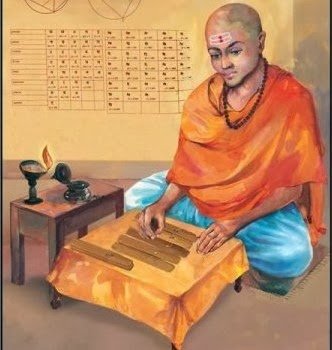 Varahamihira (also known as Varaha Mihira) is considered to be one of the Nine Gems (Navaratnas) of the court of legendary ancient ruler Yashodharman, who was famous in central India, in the 6th century.
Varahamihira (also known as Varaha Mihira) is considered to be one of the Nine Gems (Navaratnas) of the court of legendary ancient ruler Yashodharman, who was famous in central India, in the 6th century.
This man of genius was even more popular than his other contemporaries such as Aryabhata and Brahmagupta, the first of the major mathematician-astronomers from the classical age of Indian mathematics and Indian astronomy.
Varahamihira’s knowledge of Western astronomy was thorough but he was also very interested in astrology and horoscopes, and repeatedly emphasized their importance.
His father was a worshipper of the Sun god and it was he who taught Varahamihira astrology.
This great man was learned in the Vedas, but he was not any fanatical believer in the supernatural.
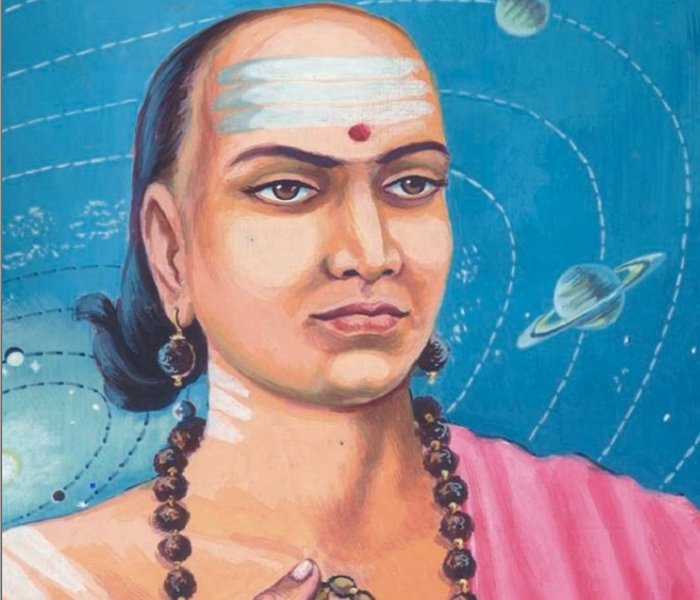
Varahamihira (also known as Varaha Mihira) is considered to be one of the Nine Gems (Navaratnas) of the court of legendary ancient ruler Yashodharman, who was famous in central India, in the 6th century.
He was a scientist.
He declared that the earth was spherical. In the history of science, he was the first to claim that some “force” might be keeping bodies stuck to the round earth.
This force is now called gravity. He proposed that the Moon and planets are lustrous not because of their own light but due to sunlight.
Varahamihira’s main work is the book “Five Treatises” (Pancha Siddhantika) on mathematical astronomy and one of the most important sources for the history of Hindu Astronomy from before the time of Aryabhata, the first of the major mathematician-astronomers from the classical age of Indian mathematics and Indian astronomy.
It was a compendium of Greek, Egyptian, Roman, and Indian astronomy, which also presents calculations based on Greek and Alexandrian reckoning and even giving complete Ptolemaic mathematical charts and tables.
Another contribution of Varahamihira is the encyclopedia Brihat-Samhita with 106 chapters that include many subjects planetary movements, eclipses, rainfall, clouds, growth of crops, various rituals, and a special chapter dedicated to the treatment of plants.
The great scientist described a large number of comets and wrote over sixty couplets about comets.
He contributed with many crucial insights about universe, space, and mathematics, especially trigonometry and advanced arithmetic; he was among the first scientists who discovered a version of what is now known as Pascal’s triangle.
Of great value are also his achievements in the field of geology, hydrology, and ecology.
Written by – A. Sutherland AncientPages.com Senior Staff Writer
Copyright © AncientPages.com All rights reserved. This material may not be published, broadcast, rewritten or redistributed in whole or part without the express written permission of AncientPages.com
Expand for referencesReferences:
Kumar Sarkar, The Positive Background of Hindu Sociology: Introduction to Hindu
More From Ancient Pages
-
 Why Have The Leibniz Keks 52 Teeth And Are Named After Philosopher Gottfried Wilhelm Leibniz?
Ancient History Facts | Mar 12, 2021
Why Have The Leibniz Keks 52 Teeth And Are Named After Philosopher Gottfried Wilhelm Leibniz?
Ancient History Facts | Mar 12, 2021 -
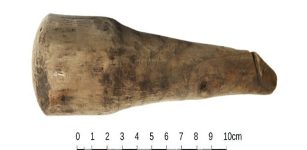 Unique Roman Artifact Discovered At Vindolanda Was More Than A Good Luck Charm
Archaeology | Feb 20, 2023
Unique Roman Artifact Discovered At Vindolanda Was More Than A Good Luck Charm
Archaeology | Feb 20, 2023 -
 More Than 27,000 Artifacts Illegally Collected By ‘Expert In Archaeology’ – Seized In France
Artifacts | Dec 18, 2020
More Than 27,000 Artifacts Illegally Collected By ‘Expert In Archaeology’ – Seized In France
Artifacts | Dec 18, 2020 -
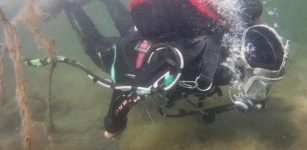 Medieval Ship Discovered Off The West Coast Of Sweden May Have Been Attacked By Pirates
Archaeology | Feb 4, 2022
Medieval Ship Discovered Off The West Coast Of Sweden May Have Been Attacked By Pirates
Archaeology | Feb 4, 2022 -
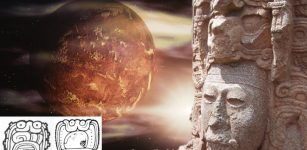 Mysterious Ancient Maya ‘Star War’ Glyph And Its Possible Connection To Venus
Archaeoastronomy | Feb 20, 2019
Mysterious Ancient Maya ‘Star War’ Glyph And Its Possible Connection To Venus
Archaeoastronomy | Feb 20, 2019 -
 New Light On Prehistoric Chalk Plaques From Stonehenge Using Innovative Technology
Archaeology | Nov 3, 2021
New Light On Prehistoric Chalk Plaques From Stonehenge Using Innovative Technology
Archaeology | Nov 3, 2021 -
 Illuminati: Facts And History About The Secret Society
Featured Stories | Mar 30, 2017
Illuminati: Facts And History About The Secret Society
Featured Stories | Mar 30, 2017 -
 On This Day In History: Ensisheim Meteorite Fell To Earth – On Nov 7, 1492
News | Nov 7, 2016
On This Day In History: Ensisheim Meteorite Fell To Earth – On Nov 7, 1492
News | Nov 7, 2016 -
 Voice Belonging To 3,000-Year-Old Egyptian Mummified Priest – Recreated
Archaeology | Jan 28, 2020
Voice Belonging To 3,000-Year-Old Egyptian Mummified Priest – Recreated
Archaeology | Jan 28, 2020 -
 Xibalba: Nine-Leveled Underground Place Of Fear Ruled By Lords Of Death In Maya Beliefs
Featured Stories | May 12, 2020
Xibalba: Nine-Leveled Underground Place Of Fear Ruled By Lords Of Death In Maya Beliefs
Featured Stories | May 12, 2020 -
 Enigmatic Bronze Age Fulacht Fiadh: ‘Kitchens’ Of The Legendary Irish Warriors
Civilizations | Nov 26, 2018
Enigmatic Bronze Age Fulacht Fiadh: ‘Kitchens’ Of The Legendary Irish Warriors
Civilizations | Nov 26, 2018 -
 Mysterious Scottish Stone Circles On Orkney Were Used To Something Very Different Than Previously Thought
Archaeology | Sep 24, 2017
Mysterious Scottish Stone Circles On Orkney Were Used To Something Very Different Than Previously Thought
Archaeology | Sep 24, 2017 -
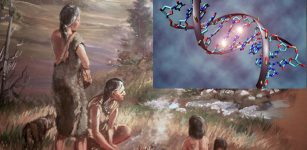 Ethical Ancient DNA Research Must Involve Descendant Communities – Researchers Say
Archaeology | Jan 13, 2023
Ethical Ancient DNA Research Must Involve Descendant Communities – Researchers Say
Archaeology | Jan 13, 2023 -
 ‘Armenian Stonehenge’: 30 Unknown Stones In Carahunge Complex – Surveyed
Archaeology | Aug 12, 2020
‘Armenian Stonehenge’: 30 Unknown Stones In Carahunge Complex – Surveyed
Archaeology | Aug 12, 2020 -
 On This Day In History: Canute Lavard Was Murdered By His Cousin, Magnus I Of Sweden – On Jan 7, 1131
Historical Figures | Jan 7, 2017
On This Day In History: Canute Lavard Was Murdered By His Cousin, Magnus I Of Sweden – On Jan 7, 1131
Historical Figures | Jan 7, 2017 -
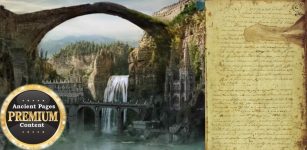 Mysterious Manuscript 512 Reveals Lost Ancient City Hidden In The Amazon Jungle
Ancient Mysteries | Jan 28, 2018
Mysterious Manuscript 512 Reveals Lost Ancient City Hidden In The Amazon Jungle
Ancient Mysteries | Jan 28, 2018 -
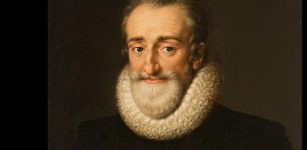 On This Day In History: Henry IV Is Crowned King Of France – On Feb 27, 1595
News | Feb 27, 2017
On This Day In History: Henry IV Is Crowned King Of France – On Feb 27, 1595
News | Feb 27, 2017 -
 Gigantic Viking Age Burial Ground With Artifacts And 50-Meter-Long Shipwreck Unearthed In Tvååker, Halland, Sweden
Archaeology | Oct 18, 2024
Gigantic Viking Age Burial Ground With Artifacts And 50-Meter-Long Shipwreck Unearthed In Tvååker, Halland, Sweden
Archaeology | Oct 18, 2024 -
 1,000-Year-Old Viking Weaver’s Sword Reveals Its Secrets
Archaeology | Apr 17, 2022
1,000-Year-Old Viking Weaver’s Sword Reveals Its Secrets
Archaeology | Apr 17, 2022 -
 Mystery Of The 3,500-Year-Old ‘Screaming Woman’ Mummy Solved
Archaeology | Aug 9, 2024
Mystery Of The 3,500-Year-Old ‘Screaming Woman’ Mummy Solved
Archaeology | Aug 9, 2024

